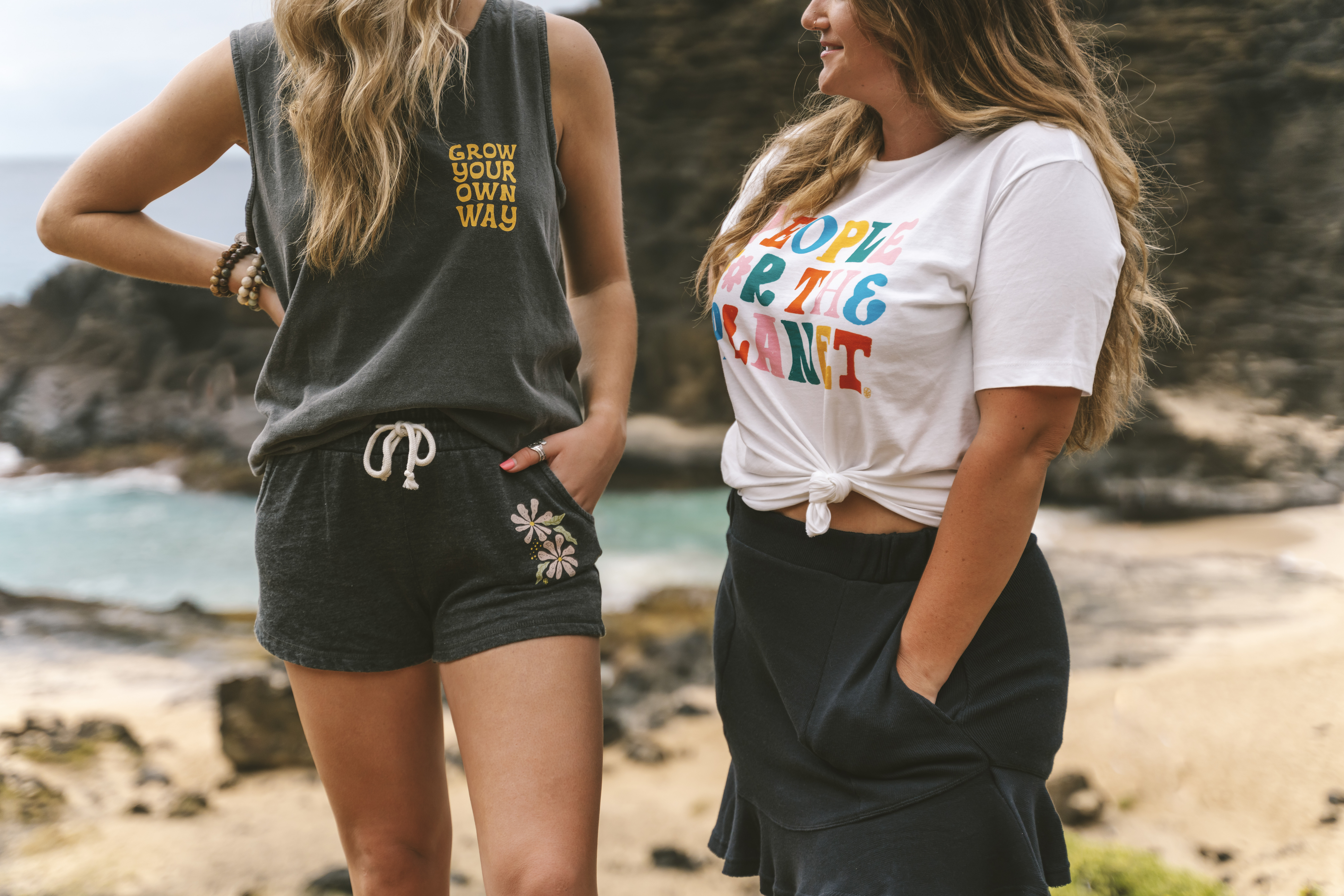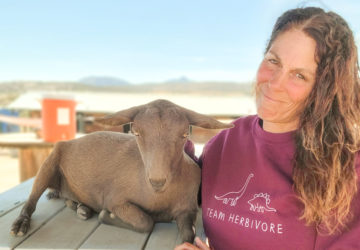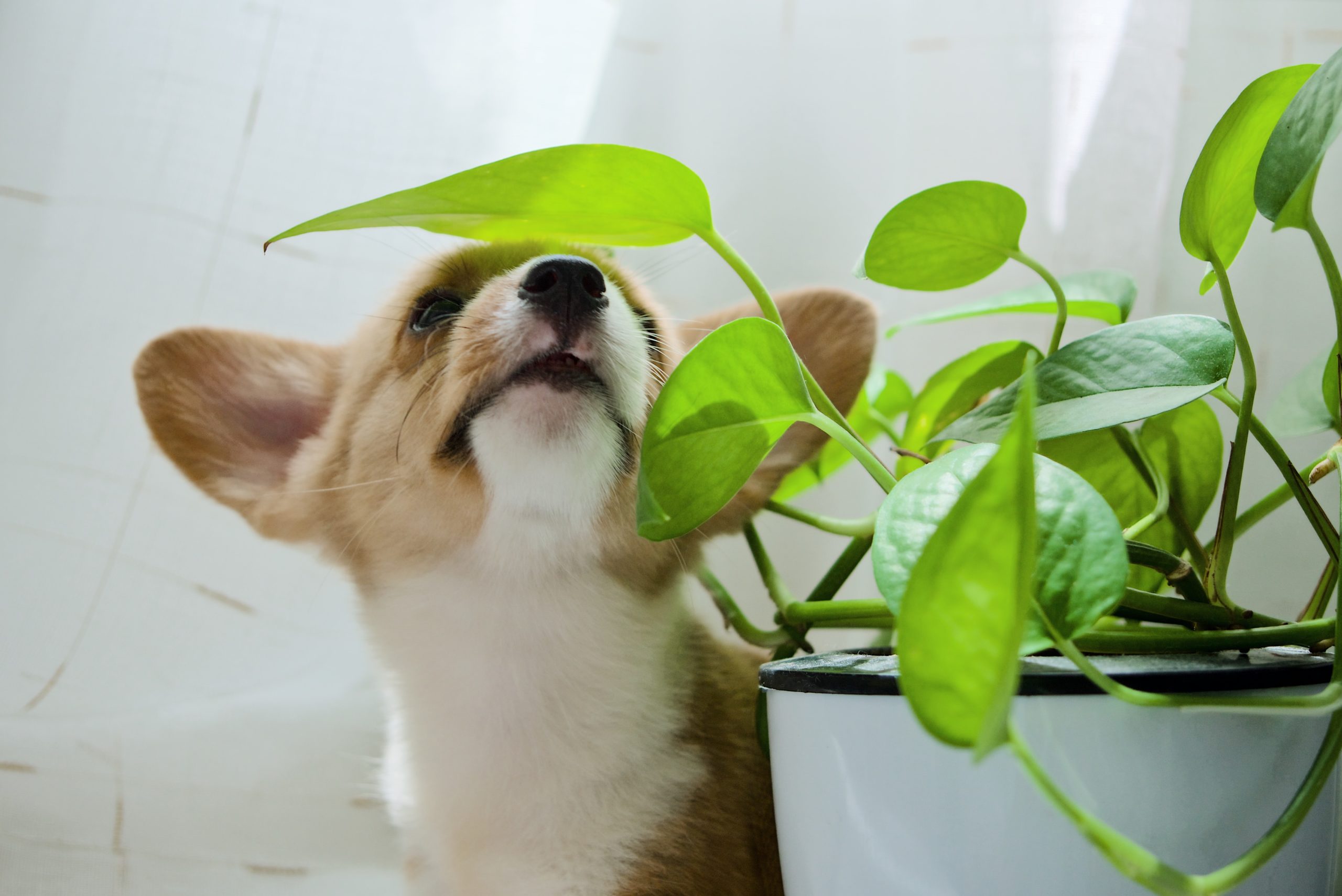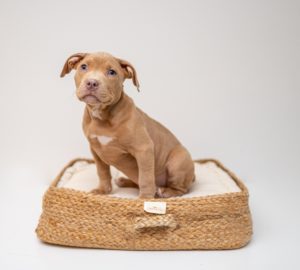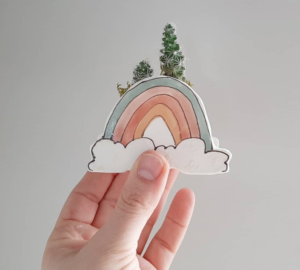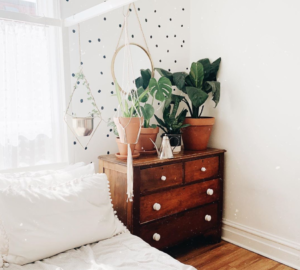The ultimate pet-friendly guide to plant ownership
We know it can be quite the dilemma figuring out how to safely channel your green thumb when you have pets. But you’re in luck because you can absolutely be a plant-lover AND pet parent! In fact, pets and plants make the cutest pair if we may say so ourselves (as long as the plants are pet-friendly, of course).
View this post on InstagramThat feeling when your human brings in another new quarantine plant 🙄 Photo by @leafy.lane
A post shared by The Sill (@thesill) on
However there are some serious dos and don’ts to consider before you add greenery into your home when you have animal friends around. So, pet parents, here’s must-know information you need to keep in mind as you bring the outdoors in.
The ultimate pet-friendly plant guide to plant ownership
1. Identify which plants are not pet-friendly
First, the not-so-fun news. Yes, there are a lot of plants potentially dangerous to pets. We’d recommend checking out this super thorough record of toxic and non-toxic plants from ASPCA. (PS: the list looks intimidating, but it’s arranged alphabetically, which makes it easier to navigate.)
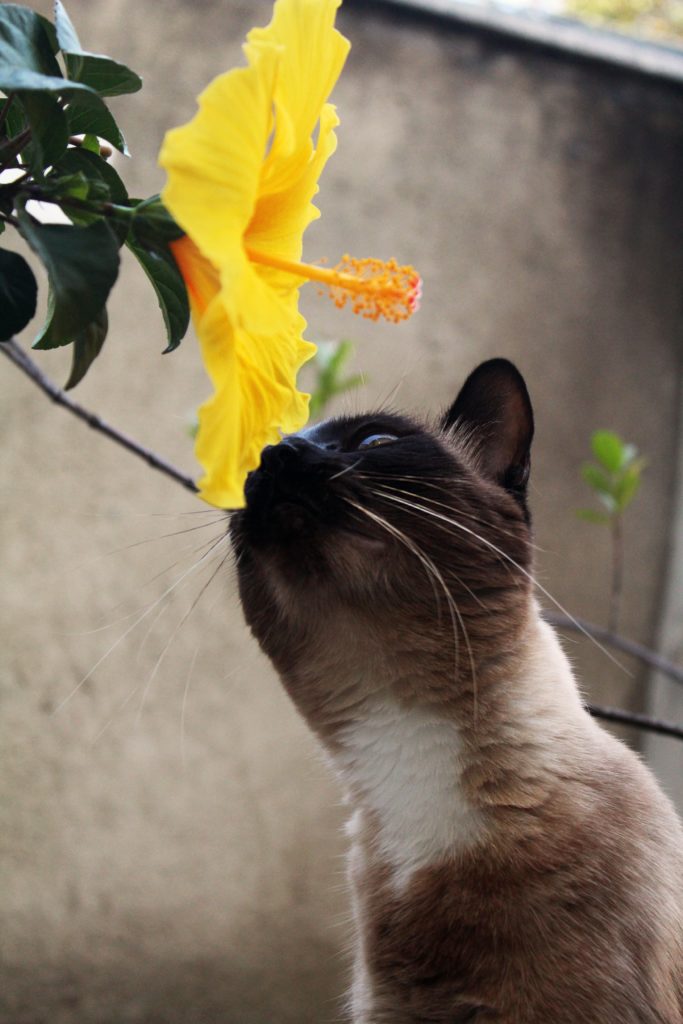
Here’s a list of common plants dangerous to pets:
- ZZ Plants
- Aloe vera
- Ivy
- Holly
- Daffodil
- Baby’s breath
- Milkweed
- Tulips
- Chrysanthemum
- Lavender
- Oregano
And check out this other comprehensive list from The Humane Society with information about which parts of the plants are poisonous.
2. Know which plants are non-toxic to pets
Now for the happier news… lots of non-toxic plants make it possible to welcome both plants and pets in your home. However, even plants that are non-toxic could potentially cause a tummy ache if your pet decides to treat your succulent like a snack. So, we’d recommend keeping an extra eye on your pet if plant nibbles happen.
View this post on InstagramA post shared by Laura | Plants (@thosepositiveplants) on
Here’s a list of common pet-friendly plants
- Calathea
- African violet
- Spider plants
- Haworthia zebra
- Boston fern
- Pilea plants
- Echeveria succulents
- Prayer plants
- Cat grass (In fact, if you’re a cat owner, cat grass may even help prevent hairballs in your cat’s stomach and aid in their digestion)
- Basil
- Sage
- Thyme
And The Sill offers a pet-friendly plant subscription if you’re looking for a monthly burst of happiness delivered straight to your door!
3. Embrace a fence
Of course, you know your pet better than we do, but if you trust that your pet won’t jump the fence — then popping up a fence to block off your pet from plants can be just the trick.
4. Keep dangerous plants out of reach
If your pet doesn’t jump around, placing a plant on a high shelf or countertop out of reach might be the simple solution to your plant worries.
View this post on InstagramTonight’s mood 💤 By @bonjour.riley
A post shared by The Sill (@thesill) on
But if your cat treats your home like a jungle gym, then you’re better off not having any potential danger in your house.
5. Think about picking sturdy plants
While plants can definitely harm your pets, the reverse can certainly happen, too. So if you’re concerned about your plants getting squashed, we recommend picking sturdier plants like succulents that are more likely to withstand a little paw traffic.
6. Say “yes” to pet toys
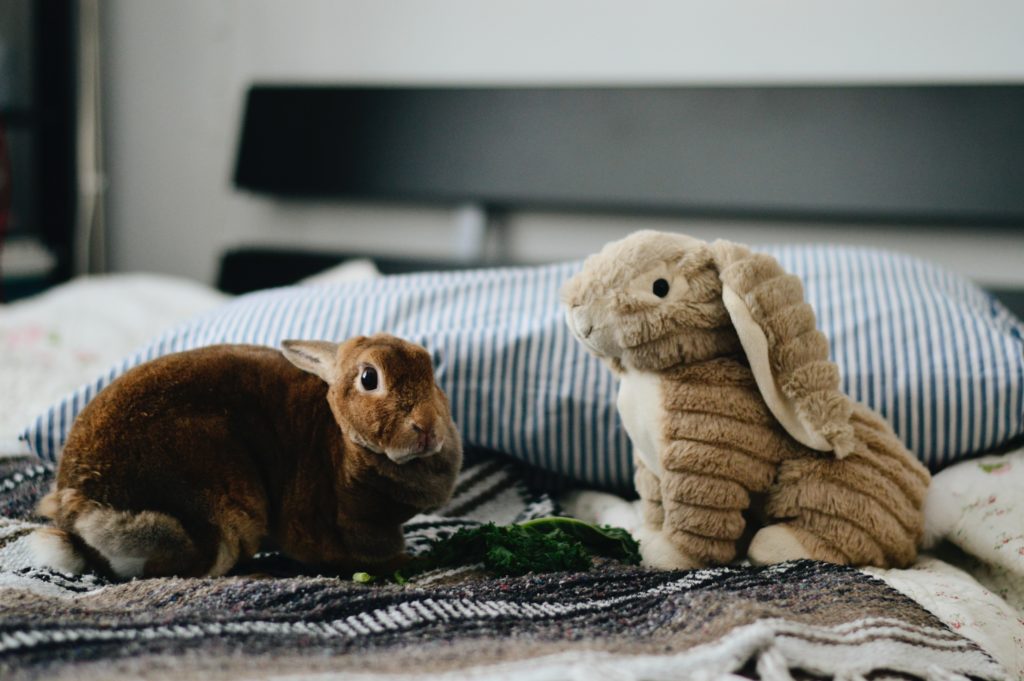
Pets can easily mistake plants for toys — which isn’t good for the pets or the plants. Much like having cut-up veggies ready to go instead of candy and cookies — having a fun selection of toys for your pets is a good way to keep them interested in things that are good for them.
7. Take advantage of tech
Since it’s not a bad idea to prevent a worst-case-scenario, the ASPCA app can help you understand the urgency of a given poisoning situation (whether it involves chocolate or chrysanthemums). You’ll not only be able to get details on toxicity, but you’ll also learn what you need to do to tackle the problem.
Love your pet and the planet? Check out these tips to be the most eco-friendly pet parent ever!
And for more greenery inspiration, we think you’d love these reads:
- 8 Cool reasons you should seriously have all the indoor plants
- How to grow an herb garden at home – 6 simple steps
- Everything you need to know to grow a small space garden

